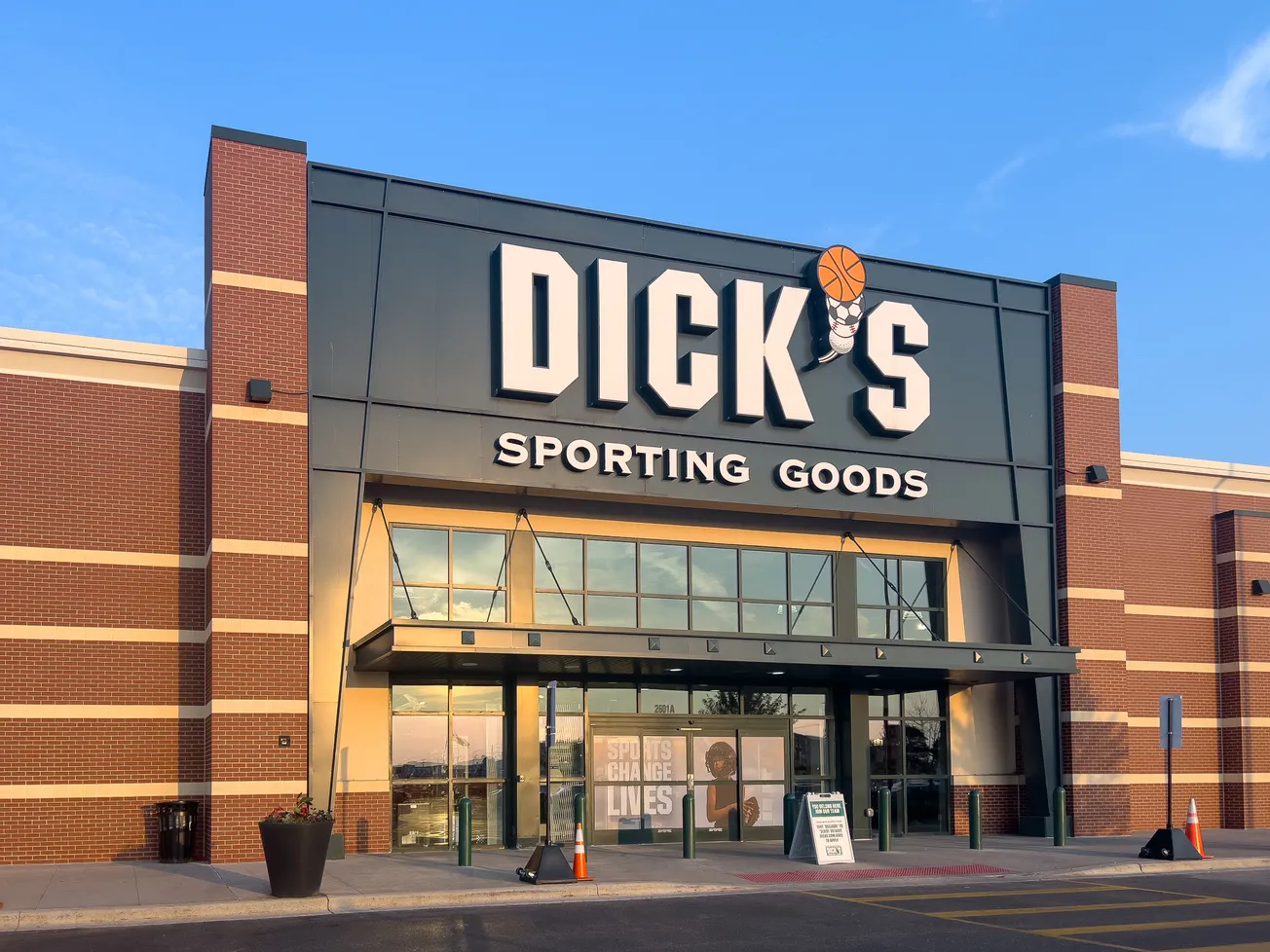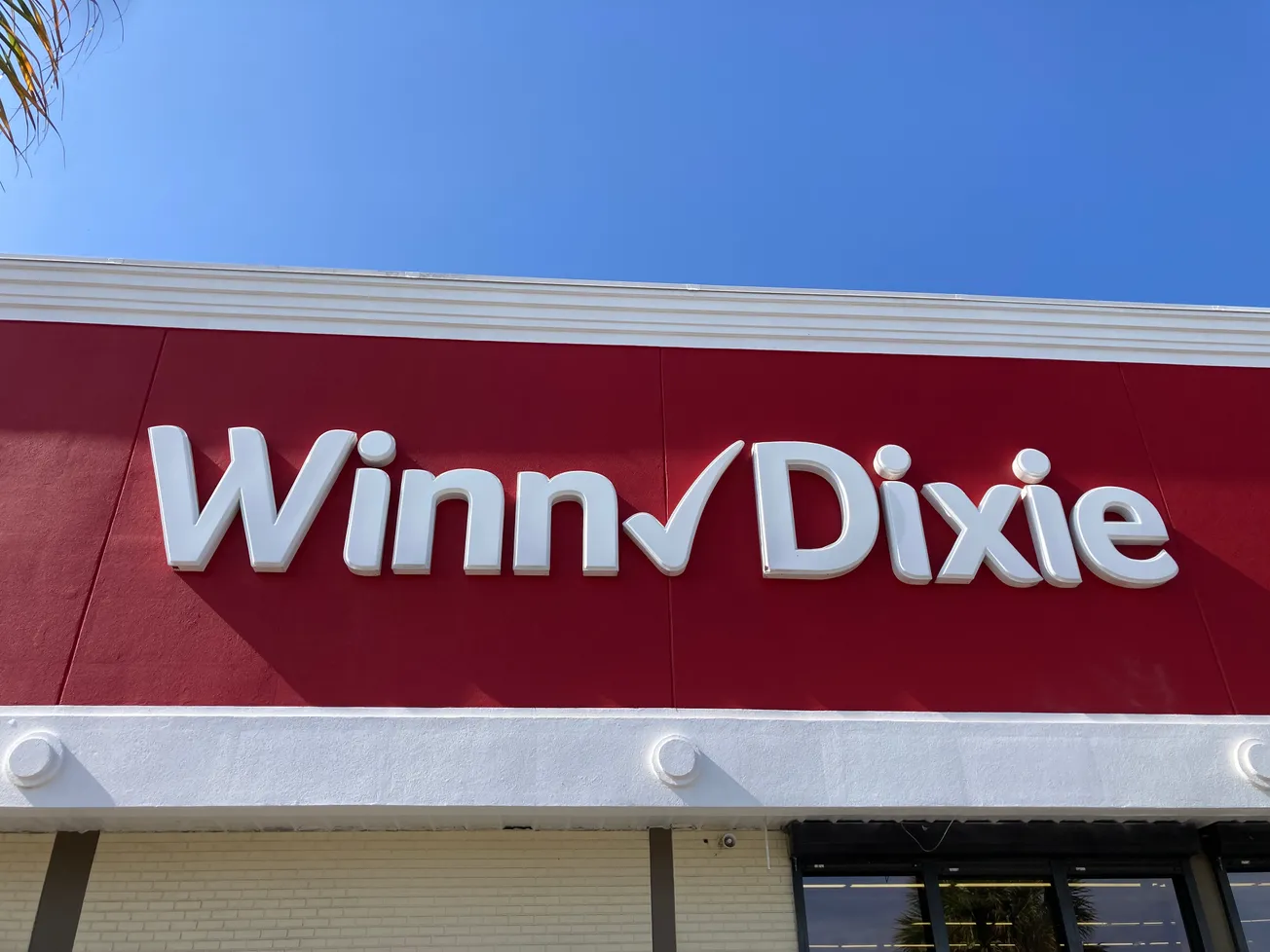In the rapidly changing landscape of outdoor and sporting goods retail, major players are recalibrating how they approach stores, digital commerce, and customer engagement.
At the center of this transformation is Dick’s Sporting Goods—a legacy retailer that has emerged as a bellwether for broader industry shifts. Through aggressive moves in branding, fulfillment strategy, store format, and experiential retail, Dick’s is redefining its identity, offering a blueprint—if not a benchmark—for competitors across the sector.
Brand Consolidation Signals a Reassessment of Specialty Retail
Dick’s move to acquire outdoor retailer Moosejaw from Walmart in 2023 was widely seen as a play to deepen its footprint in the growing specialty outdoor market. Combined with its existing concept, Public Lands, the company appeared poised to carve out market share from legacy outdoor retailers like REI and Bass Pro Shops.
However, by early 2025, Dick’s announced it was closing all remaining Moosejaw stores and consolidating Public Lands operations down to three locations—just two years after the acquisition. The decision reflects a broader recalibration, as the company narrows focus on scalable, core-brand formats and backs away from fragmented specialty strategies.
Similar Strategy – The North Face: Like Dick’s, The North Face has adopted a more focused retail presence, closing underperforming stores while investing in flagship experiences and reinforcing its e-commerce infrastructure.
Opposite Strategy – Bass Pro Shops/Cabela’s: Bass Pro continues to invest in specialty retail with a strong physical presence. Its sprawling, themed superstores remain core to its identity, leveraging outdoor-themed experiences to drive traffic and engagement.
Omnichannel Logistics Take Center Stage
Dick’s has made notable gains in supply chain efficiency by transforming stores into fulfillment hubs. By 2025, the company reported that nearly 90% of its digital orders are fulfilled directly from its brick-and-mortar locations, compared to about 70% in 2021. The approach reduces last-mile delivery costs and speeds up customer order fulfillment.
The company has also invested in shipping flexibility and visibility—offering customers a choice in delivery speed and integrating live tracking across digital channels. Combined with backend upgrades from Moosejaw's e-commerce systems, Dick’s has significantly modernized its logistics operations.
Similar Strategy – Target: Target has been a pioneer in omnichannel logistics, fulfilling over 95% of online orders from stores and embracing same-day services. The strategy has boosted efficiency while keeping inventory localized.
Opposite Strategy – REI: REI continues to rely more heavily on centralized fulfillment centers. Though it supports in-store pickup and some store-based shipping, its logistics model prioritizes sustainability and operational consistency over speed or proximity.
Parallel Strategy – Academy Sports + Outdoors: Academy has also invested in digital fulfillment, with a focus on regional and localized e-commerce. Its platform supports tailored product availability based on local demand and has proven effective in smaller and mid-sized markets.
Brick-and-Mortar: From Rationalization to Reinvestment
At a time when many retailers are trimming physical footprints, Dick’s is pursuing a strategy of selective expansion and modernization.
In 2025 alone, the company plans to open 16 new House of Sport stores and 18 Dick’s Field House locations. About 70% of these involve relocating or upgrading existing stores—suggesting a focus on optimization, not just growth.
This physical investment supports a broader vision of stores as both community spaces and logistics hubs. It also reinforces Dick’s confidence in the long-term relevance of well-executed brick-and-mortar retail.
Similar Strategy – Academy Sports + Outdoors: Academy has re-entered expansion mode after a three-year pause, opening nine stores in 2022 and targeting up to 15 more by the end of 2025. Its approach emphasizes cost-efficiency and community familiarity over high-concept design.
Opposite Strategy – Foot Locker: Foot Locker has been aggressively closing stores and shifting toward a premium, digital-first model. The company has de-emphasized mid-tier malls in favor of flagship experiences and online commerce, reflecting a leaner, more selective store footprint.
Experiential Retail: Making Shopping a Destination
Dick’s most ambitious evolution lies in its House of Sport concept: large-format stores designed as experiential destinations. These locations feature turf fields, rock climbing walls, batting cages, golf simulators, and more. They also host clinics, school fittings, and community events—turning retail into recreation.
As of early 2025, 21 House of Sport stores have opened, with a broader rollout planned through 2027. The format not only differentiates Dick’s from other big-box players but positions the company to lead in a retail category increasingly defined by customer engagement rather than inventory alone.
Similar Strategy – Lululemon: Lululemon pioneered experiential retail in the apparel space with in-store yoga classes, wellness events, and community hubs. Its flagship stores blend shopping with lifestyle branding, creating loyal customer communities.
Opposite Strategy – Nike: While maintaining high-profile flagship stores, Nike has largely pivoted toward digital engagement via its SNKRS and Nike Training Club apps. The brand has pulled back on wholesale relationships and physical expansion, betting on personalization and mobile-first loyalty.
Conclusion: An Industry at a Turning Point
As outdoor and sporting goods retailers navigate a new era of hybrid commerce and customer expectations, Dick’s Sporting Goods stands out as a case study in bold repositioning.
By retreating from fragmented specialty retail, doubling down on omnichannel efficiency, modernizing physical stores, and elevating the in-store experience, Dick’s is both reacting to industry trends and shaping them.
Whether this transformation will serve as a sustainable model remains to be seen. But the divergence among competitors—some mirroring Dick’s moves, others moving in the opposite direction—reveals an outdoor retail sector in flux, where success may depend less on scale and more on strategic clarity and execution.









